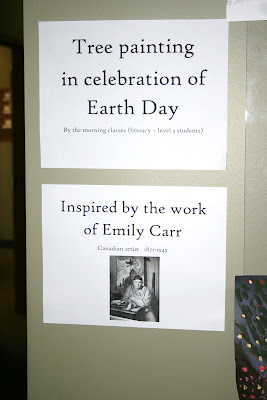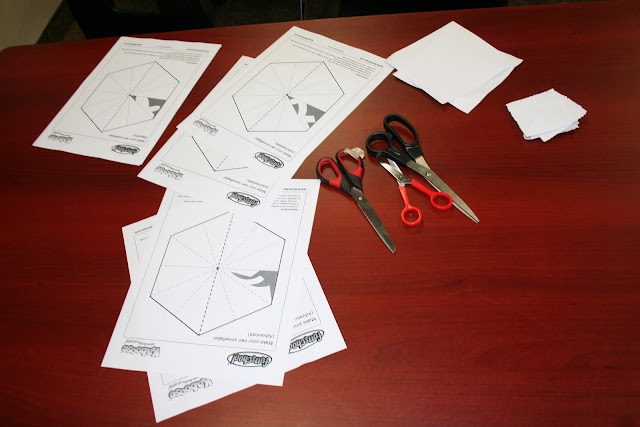My class recently completed a unit on pioneer life. This unit included several readings, watching a film about Susanna Moodie and Catharine Parr Trail, going on a field trip to a pioneer village, and reading the graded Penguin reader of
Anne of Green Gables.
Connecting the unit to horticulturally-related activities and topics was quite easy if you consider food and its preservation.
The following reading was challenging for my CLB 3, and 4 students among whom almost 40% have literacy needs. However, through a variety of activities, students can learn new vocabulary, practice and develop reading skills, and work collaboratively to share their own experiences. I have noted some activities and strategies that could be done with this reading.
Pre-Reading Strategies:
1.
Activate background knowledge and build vocabulary
What are students' experiences with preserving food? When? Where? What? How? Who worked together to preserve it? Students can orally describe their own experiences.
2.
Teach vocabulary
Select key vocabulary from the passage. In the reading below, I selected the words "pickled, salted, smoked, dried". Students will likely be able to relate some of the above experiences to these new words. The teacher could create a chart on the board and make a list of students' foods.
During Reading
1.
Scan for vocabulary
To build scanning skills, students could use a coloured marker or pencil to underline or highlight the new vocabulary (e.g. "pickled, salted, smoked, dried").
2.
Identify new vocabulary
It is important for students to be able to locate words that they do not understand. One strategy is for students to read quietly and underline or circle any new words for them. From this point, different options are possible for vocabulary development. Students could use dictionaries, guess the meaning based on the context, or ask a classmate or teacher.
3.
Read Aloud
To practice pronunciation, word stress, and rhythm, students can read the story aloud to a classmate or the whole class.
After Reading
1.
Review Vocabulary and Build Categorization Skills
Students could use a chart like the one that follows to review the key vocabulary, scan the text for details, and use a chart. This chart reinforces the one used at the beginning of the lesson that was based on student experience.
These two charts could be compared and contrasted.
2.
Write About Their Own Expereiences
Students could select one food that they preserved and describe it in a few sentences or a paragraph (depending on student level). Students could also write down a recipe for preserving their selected food.
3.
Hands-on Practice
Connecting to the above activity, the students could do a demonstration of their selected recipe, or the teacher could lead a lesson on following recipes. For example, the class could simply make strawberry freezer jam or pickled yellow beans.
This kind of activity could be photographed for an LEA activity that could incorporate sequencing photos, writing a narrative and making a book or poster.





















































